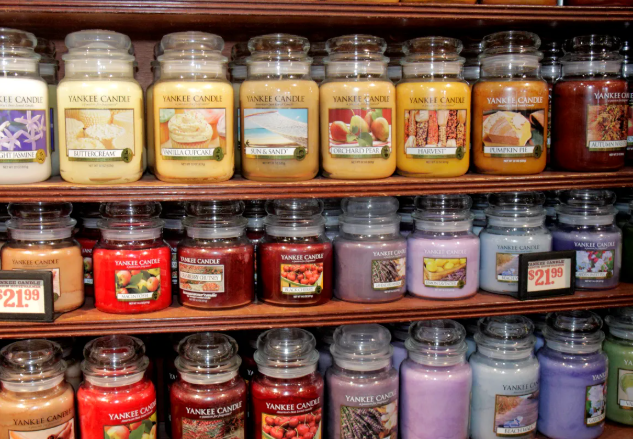
What Most People Don’t Know About Scented Candle Risks
I confess. I love a good Yankee Candle.
Yet, while this may be a familiar scene in your home, there is an overlooked azard
Picture a family gathering on a hot evening in the Gulf region. The air conditioner hums, windows are sealed tight, and a few scented candles glow on the table. While these candles set the mood, new research warns that their emissions may do more than soothe—they may harm.
A study published in Frontiers in Public Health evaluated what happens when scented candles burn in closed, air-conditioned spaces. The results raise important questions for communities and public health systems that already grapple with indoor air quality, chronic disease, and preventable exposures
Why This Matters Now
Indoor air pollution isn’t new, but it’s often underestimated. According to the World Health Organization, 99% of people worldwide breathe air exceeding safe guidelines. While most public health planning focuses on outdoor sources like smog or wildfire smoke, indoor contributors—from cooking oil to incense—also carry risks.
Scented candles are particularly popular, yet rarely regulated. The study highlights that in poorly ventilated spaces, burning just one candle can fill the air with dozens of volatile organic compounds (VOCs). These chemicals can irritate the lungs, trigger inflammation, and, over time, increase chronic disease risk.
Inside the Study
Researchers exposed lab rats to either fresh air, unscented candle fumes, or scented candle fumes for up to six hours a day, five days a week, over eight weeks—conditions meant to mirror real-life use in small, sealed rooms.
- Chemical Findings:
- Unscented candles released 20 different VOCs, with toluene making up over half.
- Scented candles emitted 60 VOCs, including linalool, methylene chloride, and citronellal—some known irritants and possible carcinogens.
- Biological Effects:
- Rats exposed to candle fumes had elevated markers of inflammation (TNF-α, IL-6).
- Antioxidant defenses (CAT, T-SOD) dropped, signaling oxidative stress.
- Lung tissues showed fibrosis, necrosis, and heavy inflammatory infiltration—most severe in scented candle groups.
In short: even unscented candles weren’t harmless, but scented ones drove stronger, faster damage.
Translating Findings into Public Health Practice
For Health Departments:
- Indoor air interventions should expand beyond smoke alarms and mold testing to include fragrance emissions.
- Messaging campaigns can stress simple mitigation strategies: ventilation, shorter burn times, or alternatives like battery-powered lights.
For Nonprofits & Community Health Workers:
- Programs addressing asthma, COPD, or environmental health equity could screen for household exposures like candles and incense.
- Linking candle risks to broader campaigns (e.g., reducing secondhand smoke or wildfire preparedness) keeps messaging integrated.
For Policymakers:
- Clear labeling requirements for fragranced products would help consumers make informed choices.
- Setting indoor emission standards, similar to workplace exposure limits, could protect vulnerable populations.
Framing the Challenge: We Thought, But Evidence Shows…
We thought unscented products were “safe.” The evidence shows even they emit harmful compounds.
We thought indoor air was secondary to outdoor pollution. The evidence shows it may be just as dangerous, especially where people spend most of their time. We thought fragrance risk was about allergies or nuisance smells. The evidence shows systemic inflammation and lung injury.
This contrast underscores a core public health lesson: assumptions about safety can mask invisible risks.
What’s Next
Applications:
- Public health campaigns should add indoor air quality to chronic disease prevention strategies.
- Urban planning and building codes could consider ventilation upgrades in residential and office spaces.
Barriers:
- Cultural attachment to candles and fragrances.
- Lack of regulatory oversight in consumer products.
- Resource constraints in monitoring and enforcing indoor standards.
Open Questions:
- How do these effects translate to humans, especially children or those with asthma?
- What level of exposure is “safe,” if any?
- Can product reformulation reduce risks without sacrificing cultural practices?
Join the Conversation
The glow of a candle is comforting, but this study reminds us that comfort can carry unseen costs. As public health professionals, we’re tasked with weighing tradition, behavior, and evidence.
- How could your agency incorporate indoor air quality into existing health programs?
- What barriers might prevent community members from changing candle use?
- Does this evidence shift how you think about “safe” household products?



